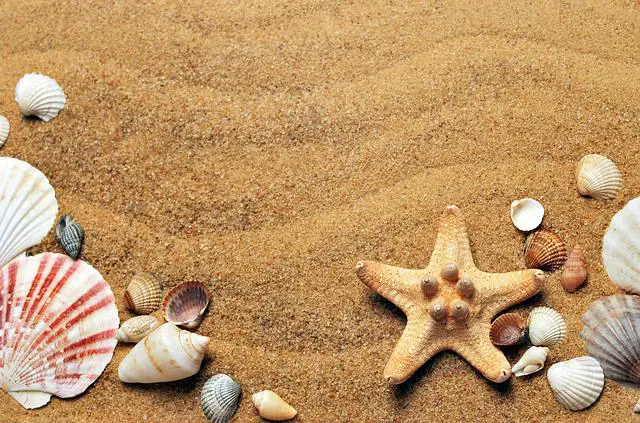If you’re a snake enthusiast, you may be wondering whether or not you can use sand as a substrate for your corn snake. In this blog post, we will discuss the pros and cons of using sand as a bedding material for snakes. We will also provide some tips on how to keep your snake’s habitat clean and healthy.
Introduction
Corn snakes are one of the most popular pet snakes in the world. They are relatively easy to care for and make great first pets for snake lovers.
One of the most common questions that new corn snake owners have is whether or not they can use sand as a substrate.
The answer is yes, you can use sand for corn snakes.
Sand is a good substrate choice because it is cheap and easy to find, and it holds heat well.
Additionally, sand is easy to clean and does not harbor bacteria like other substrates such as soil or mulch.
However, there are some things to keep in mind if you decide to use sand as a substrate for your corn snake.
- First, make sure that the sand you use is fine-grained and dust-free. Coarse sand can irritate your corn snake’s skin and may cause respiratory problems if inhaled.
- Second, avoid using colored sand, as the dyes can be toxic if ingested.
- Finally, be sure to provide plenty of hiding places for your corn snake, as they like to burrow underground.
If you follow these guidelines, sand makes an excellent substrate for corn snakes.
The benefits of using sand as a substrate for corn snakes
Sand is a popular substrate choice for corn snakes, and there are several reasons why.
- First, sand is very absorbent, so it helps to keep the terrarium clean and dry.
- Second, sand is a natural heat conductor, which means it can help to regulate the temperature in the terrarium.
- Third, sand is soft and gentle on snakeskin, which helps to prevent scratches and abrasions.
- And fourth, sand is relatively inexpensive, so it’s a great option for budget-minded snake owners.
While there are some drawbacks to using sand (such as the fact that it can be dusty), overall it’s an excellent substrate choice for corn snakes.
How to prepare the sand for your snake’s enclosure
If you’re setting up a naturalistic enclosure for your snake, one important element is the substrate, or what you’ll use to line the bottom of the cage.
Many snake owners choose sand because it resembles some of the animals’ native habitats and can be used to create interesting burrows and chambers.
However, it’s important to use the right type of sand and to prepare it properly before adding it to your snake’s enclosure.
One popular option is playsand, which is fine, sterile sand that’s safe for reptiles.
Avoid using sand from outdoors, as it may contain harmful bacteria or chemicals.
To prepare the sand, simply spread it out on a large tarp and sprinkle water over it until it’s evenly moist.
Then, allow the sand to dry completely in the sun before adding it to your snake’s enclosure.
Other substrates can I use for a corn snake?
One of the most important considerations for corn snake owners is the substrate, as it can impact everything from shedding to thermoregulation.
While many snake owners opt for commercially-available substrates such as cypress mulch or aspen shavings, there are a number of other options to consider.
Coconut husk fiber, for example, is often used as a reptile substrate due to its moisture-retaining properties.
Orchid bark is another popular choice, as it provides both insulation and a more naturalistic appearance. Ultimately, the best substrate for your corn snake will depend on your individual preferences and your snake’s needs.
Tips for keeping your snake’s enclosure clean and healthy
As any reptile enthusiast knows, snakes are delicate creatures that require a specific environment to stay healthy. A snake’s enclosure should be cleaned on a regular basis to remove waste and prevent the spread of disease. The following tips can help you keep your snake’s home clean and safe:
• First, make sure to choose the right size enclosure for your snake. A too-small cage will make it difficult to keep clean, while a too-large cage can be overwhelming for your snake.
• Second, pick the right substrate. Some substrates, like sand or gravel, can be difficult to clean and may harbor bacteria. Others, like paper towels or newspapers, are easy to clean but may not provide enough traction for your snake. Choose a substrate that is both easy to clean and comfortable for your snake.
• Third, always wash your hands before handling your snake or cleaning its enclosure. This will help prevent the spread of bacteria from you to your snake.
• Fourth, clean the enclosure at least once a week with a mild soap and water solution. Be sure to remove all waste from the cage, as well as any uneaten food or water.
• Fifth, provide fresh water for your snake
Conclusion
Yes, you can happily use sand as a substrate for a corn snake, however, you will need to follow our guidelines above.




